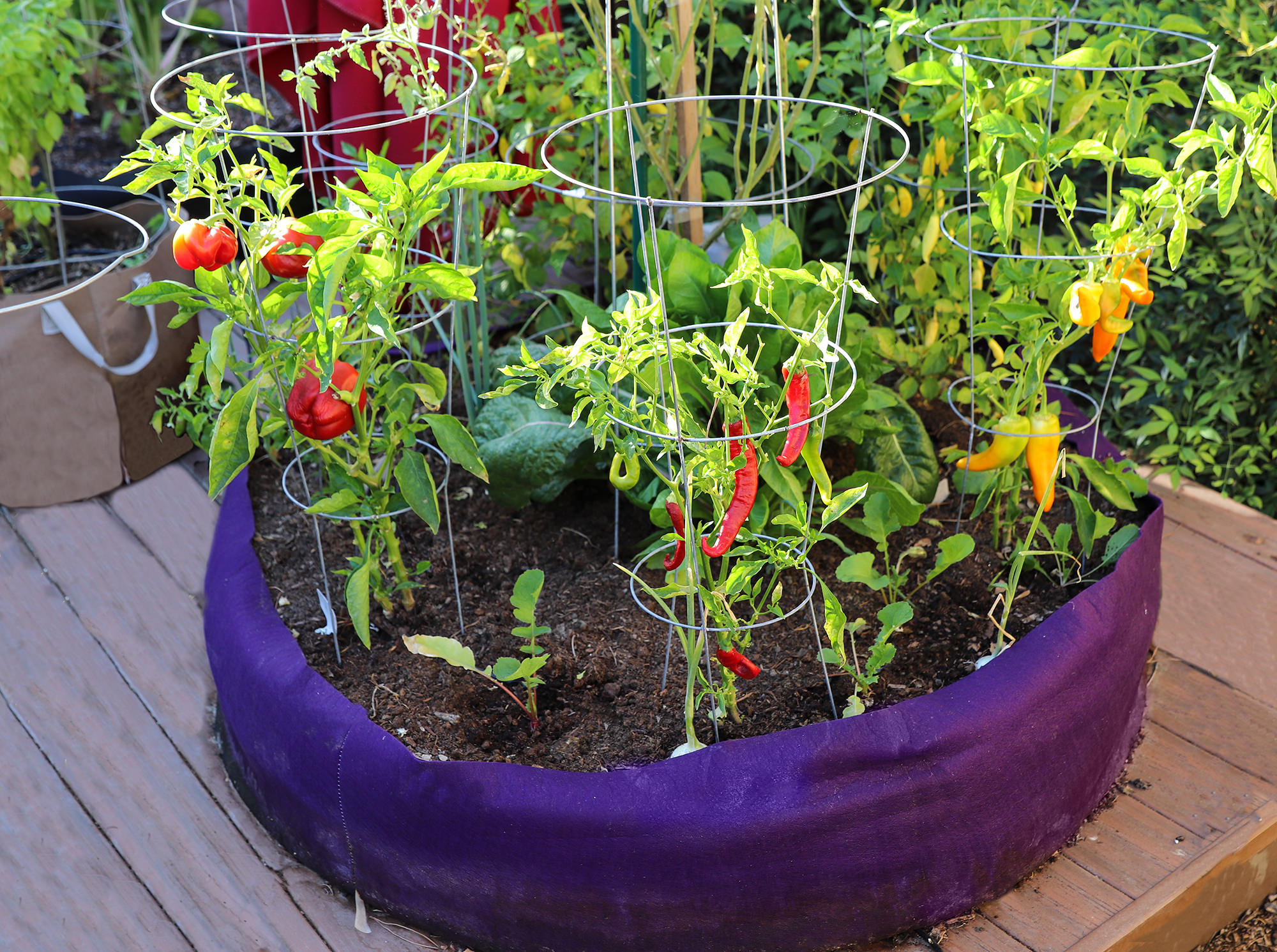Introduction: The Art of Elevating Your Garden Spaces
Transforming your garden into a captivating oasis doesn’t necessitate a complete overhaul. One effective and creative approach lies in the strategic use of flower pots within your flower beds. These versatile vessels offer a world of opportunities to introduce color, texture, and structure, elevating the overall appeal of your green space. This comprehensive guide delves into the artful integration of pots, exploring their potential to redefine borders, create focal points, and nurture a harmonious balance between flora and container design.
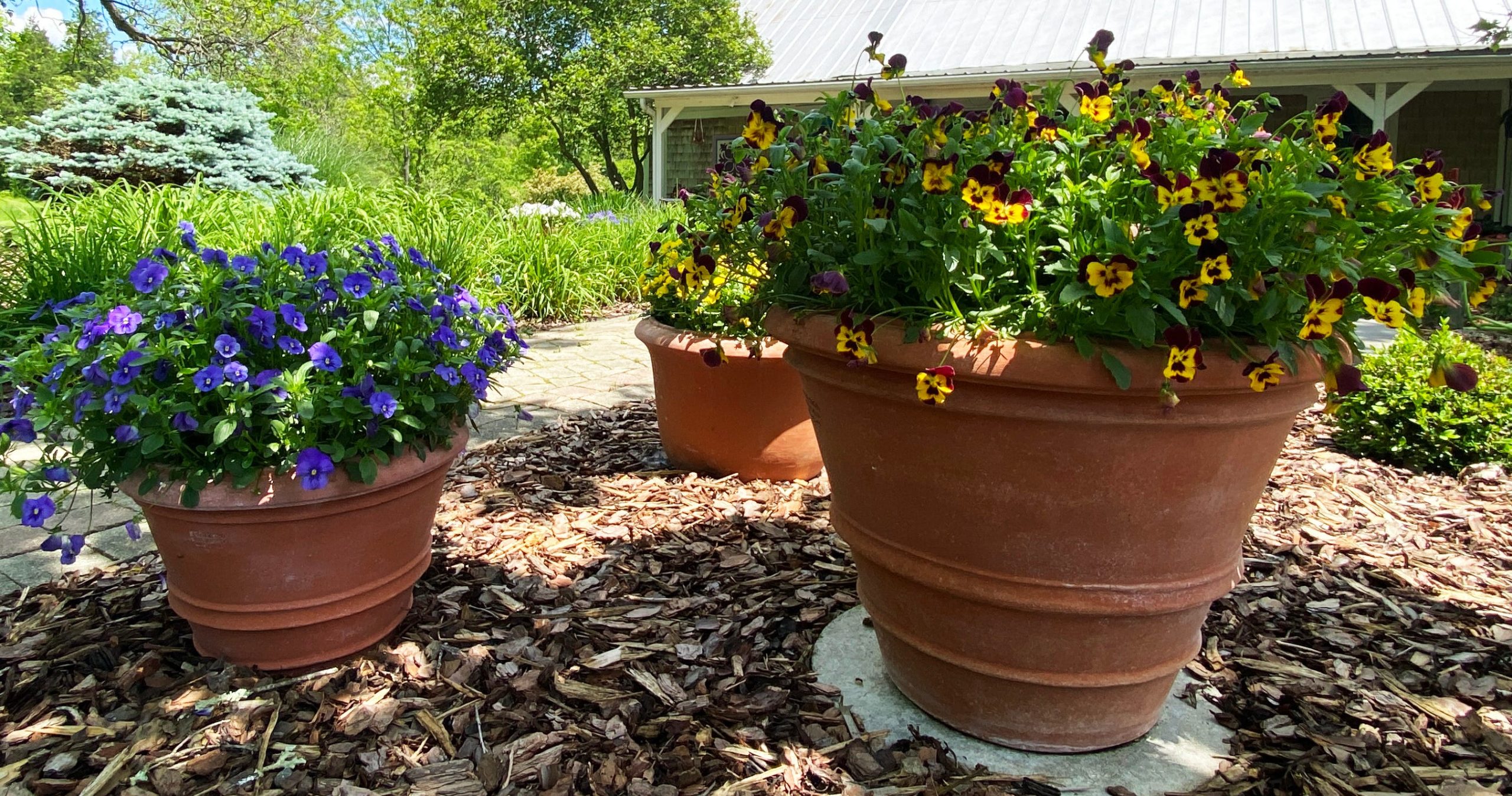
Defining Boundaries and Creating Structure
Intelligently placed pots can serve as functional yet aesthetically pleasing boundaries within your garden beds. Instead of traditional fencing or edging, a row of matching or contrasting pots can demarcate different sections, guiding the eye and dictating the flow of your garden’s layout. By opting for pots of varying heights, you can establish depth and visual interest, particularly when planted with tall grasses or flowering shrubs that spill over the edges. This technique not only organizes the space but also adds an element of sophistication and intentionality to your garden’s design.
Focal Points: Center Stage for Exceptional Containers
Every garden benefits from a focal point, a feature that instantly draws the eye and anchors the viewer’s attention. Large, statement pots filled with show-stopping plants or dramatic arrangements serve this purpose perfectly. Strategically positioned at the end of a path, in the center of a circular bed, or as solitary pieces amidst simpler plantings, these focal pots become artistic expressions. Consider using glazed or intricately patterned pots in bold hues or metallic finishes for maximum impact, ensuring they complement or contrast deliberately with the surrounding foliage.
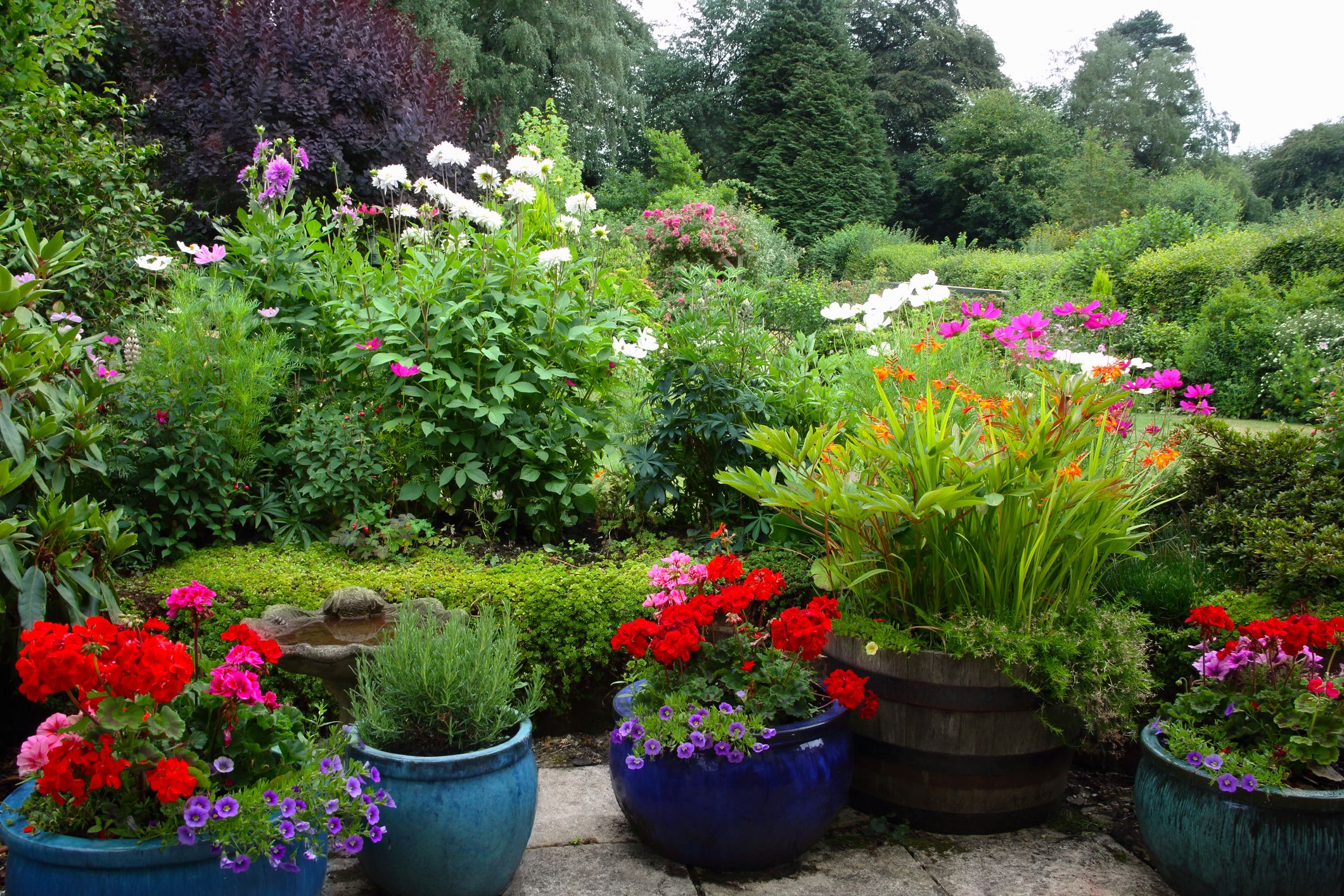
Layering Heights and Textures for Depth
A well-curated mix of pot sizes and textures is pivotal in creating a dynamic and visually rich garden bed. Smaller pots nestled among larger ones, or elevated on stands, add layers of interest, mimicking nature’s diversity in scale. Combine smooth ceramic pots with rough-hewn terracotta or weathered wooden boxes to introduce tactile variation. When selecting plants, aim for a balance of upright, cascading, and bushy varieties that echo the form and finish of their containers, further enriching the sensory experience.
Color Coordination: Harmonizing with Nature
The artful use of color in your potted arrangements can elevate your garden beds from mundane to magical. Whether you opt for a monochromatic scheme that echoes the blooms within, a complementary palette that highlights specific plants, or a bold, contrasting approach that makes pots stand out, thoughtful coordination is key. Consider the changing seasons and how your chosen colors will interact with the evolving palette of your garden. Subtlety can be as impactful as vibrancy; sometimes, the quiet elegance of neutral pots allows the flora to take center stage.
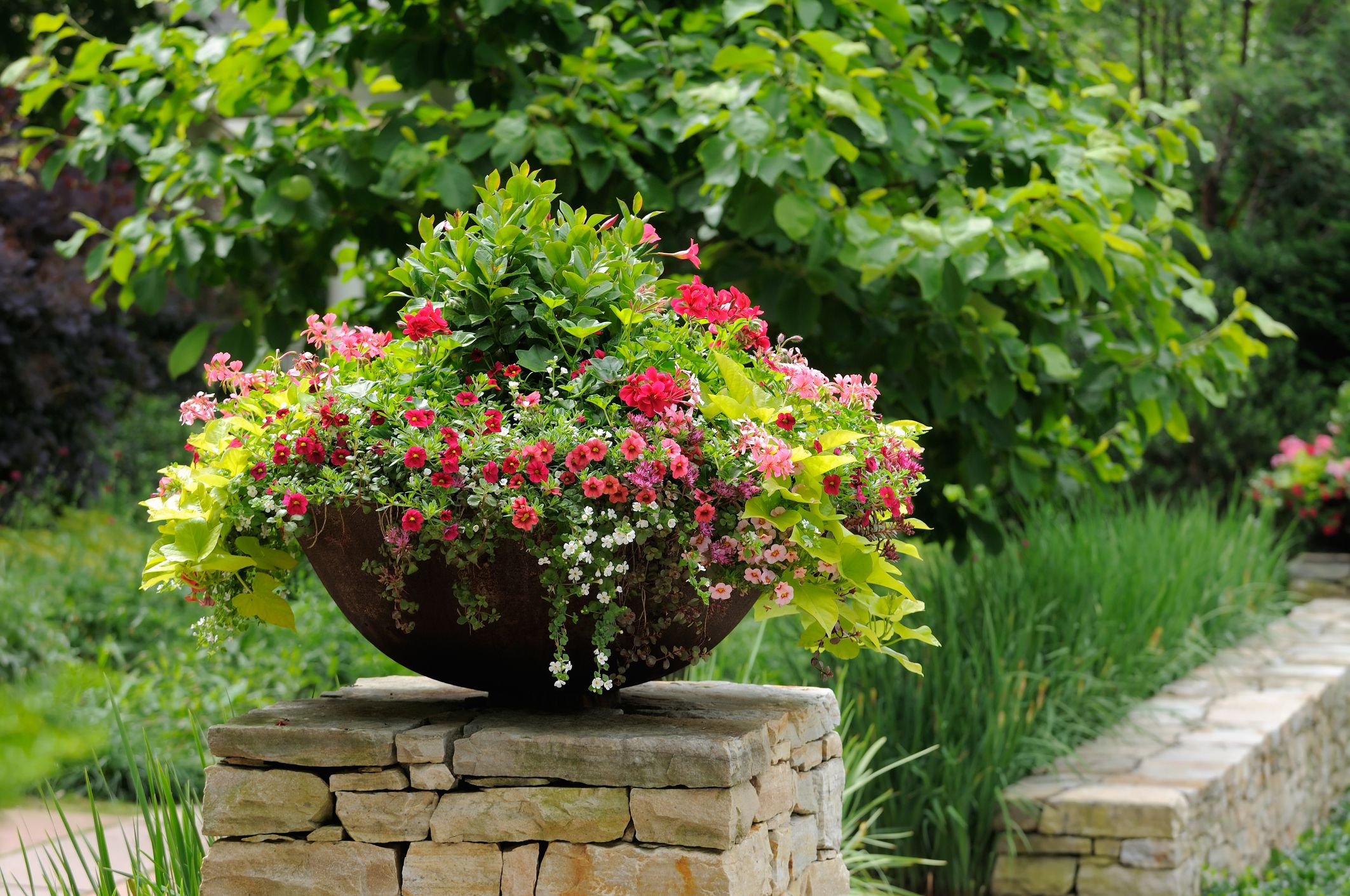
Incorporating Verticality for Space Efficiency
Maximizing limited space or adding visual height to expansive gardens, vertical gardening with pots is a clever solution. Wall-mounted planters, tiered stands, or hanging baskets introduce a new dimension to your beds, literally and aesthetically. Climbing plants like ivy or morning glories can be trained up trellises attached to tall pots, creating living walls that soften boundaries and add privacy. This upward expansion not only conserves ground space but also encourages the exploration of unique planting combinations and arrangements.
Adapting to Seasonal Changes
Your garden’s beauty should not fade with the seasons. By strategically rotating and refreshing your potted displays, you can ensure year-round appeal. Spring might call for dainty bulbs and pastel hues, while summer is perfect for bold tropicals and vibrant annuals. Autumn can showcase mums and ornamental kale in warm, earthy containers, and winter transforms into a wonderland with evergreen arrangements and twinkling lights nestled in frost-resistant pots. Embrace the seasonal shifts by planning ahead and preparing pots that can transition seamlessly.
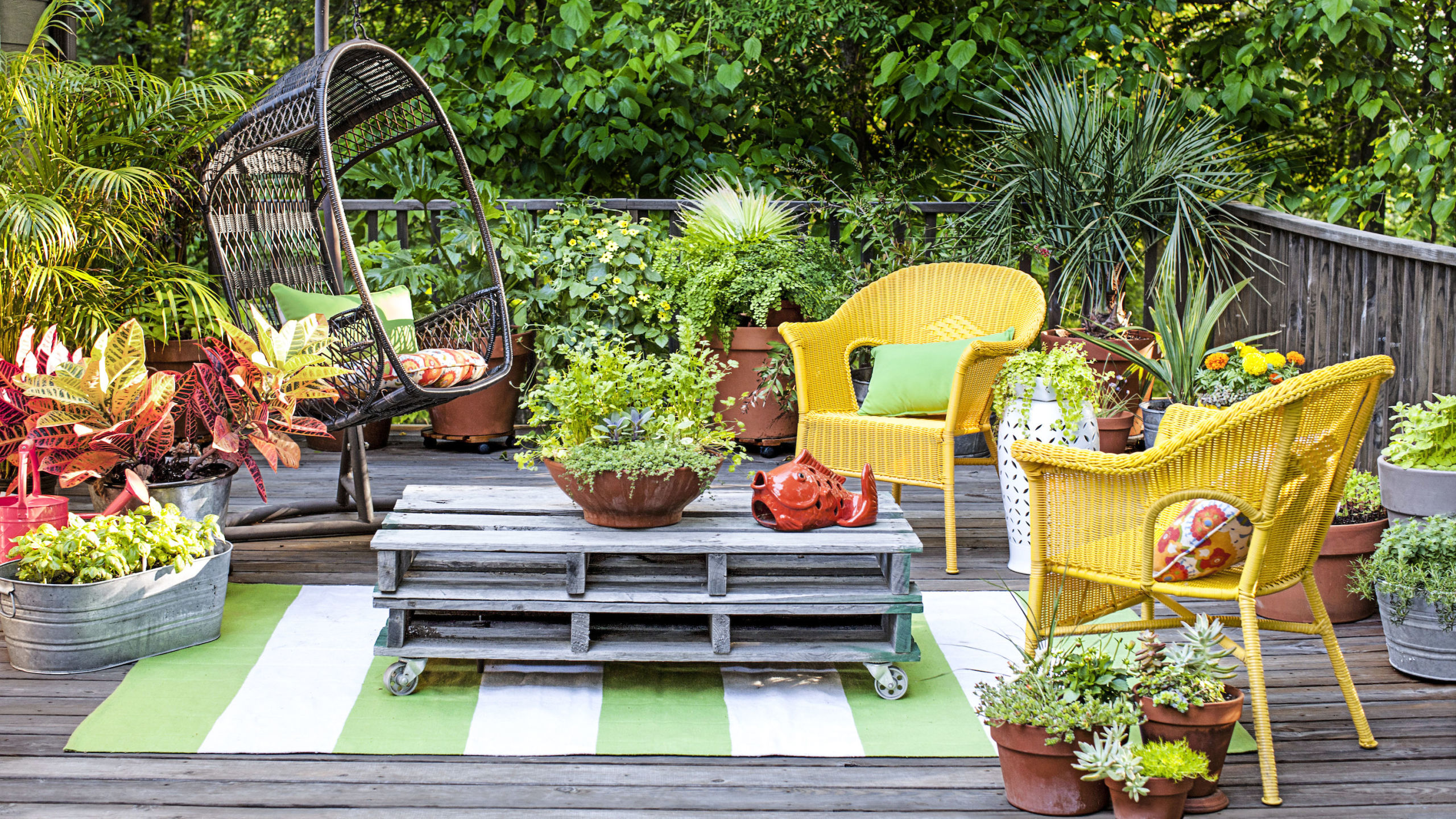
Maintenance and Practical Considerations
For pots to truly elevate your garden beds, they must be well-maintained and practical. Ensuring proper drainage is essential to prevent waterlogging and root rot. Elevating pots on feet or placing them on gravel beds improves airflow and reduces the risk of sitting water. Regular fertilization and watering, tailored to each plant’s needs, is crucial. Winterizing measures such as wrapping delicate pots in insulating material or moving fragile species indoors preserves your collection. With careful planning and ongoing care, your pots will remain vibrant contributors to your garden’s charm.
Innovative Watering Techniques
Incorporate smart watering systems into your pot gardening strategy to conserve water and ensure consistent hydration. Drip irrigation or self-watering pots are efficient solutions, especially for busy gardeners or in hot climates. Drip systems deliver water directly to the base of each plant, minimizing evaporation and runoff. Self-watering containers have a reservoir that supplies water as needed, reducing the frequency of watering and promoting healthy root development.
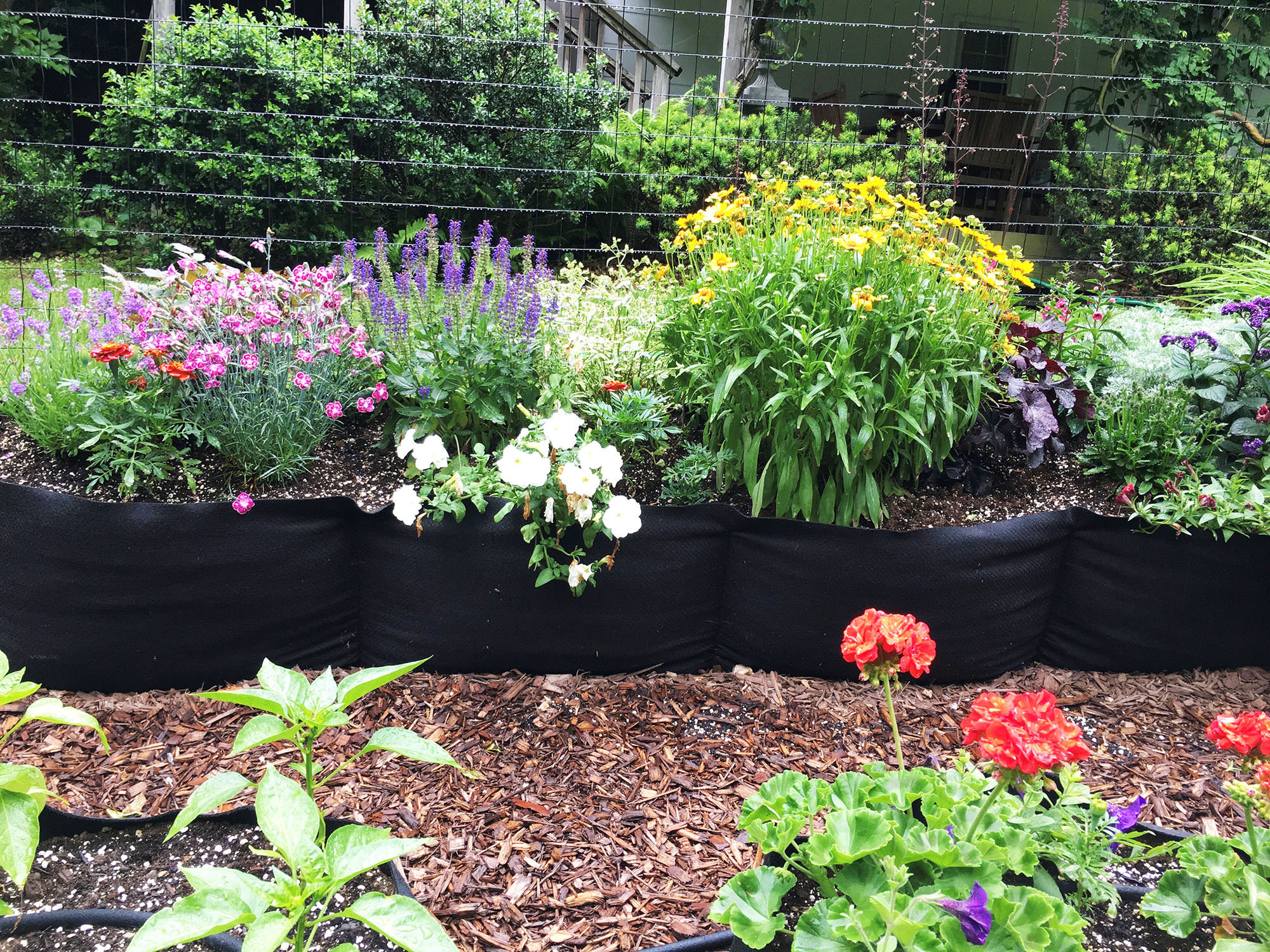
Creative Use of Lighting
Enhance the ambiance of your vertical and potted garden after dark with creative lighting. Solar-powered stake lights can be easily inserted among your plants, illuminating paths and highlighting features without additional wiring. Fairy lights wrapped around trellises or draped through hanging baskets add a touch of whimsy and romance. Uplighting larger potted trees or structures can create dramatic shadows and emphasize verticality, extending the enjoyment of your garden into the evening hours.
Plant Selection for Functionality and Aesthetics
When selecting plants for your pots, consider both their aesthetic appeal and functional benefits. Herbs and edible plants like strawberries or cherry tomatoes not only provide fresh produce but also offer textural and colorful interest. Fragrant flowers such as lavender or jasmine in pots near seating areas can enhance relaxation. Mixing plants with different heights, textures, and colors in a single container creates visual depth and intrigue.
Conclusion: Crafting a Personal Paradise
Integrating pots effectively into your flower beds is more than a decorative exercise; it’s an invitation to express your creativity, celebrate the seasons, and craft a personal paradise that evolves with time. By thoughtfully considering boundaries, focal points, textural and color harmony, vertical integration, and seasonal adaptability, your garden becomes a living canvas that reflects your unique style and love for nature. With each carefully selected and placed pot, you’re not just enhancing your outdoor space—you’re nurturing a sanctuary that invites tranquility, inspiration, and joy throughout the year.
